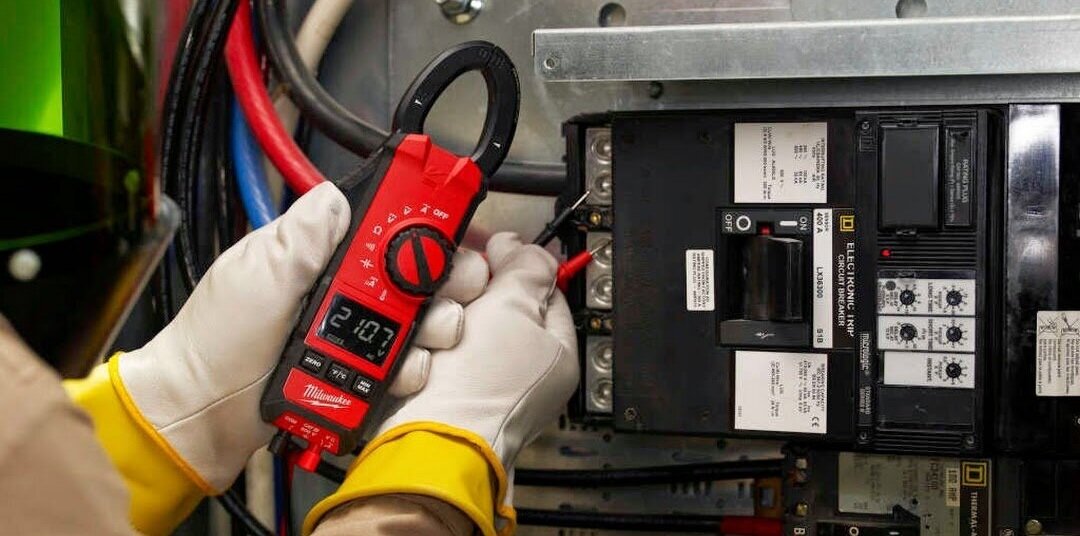Expert technical support for electrical industry innovations.
Top Tips for Effective Electric System Troubleshooting
Fixing electric systems needs a methodical method, based in a detailed understanding of electrical concepts and safety and security protocols. The subtleties of efficient repairing expand past plain technological expertise; understanding how to record searchings for and focus on safety and security can significantly influence results.
Understand the Fundamentals
Comprehending the fundamentals of electrical systems is vital for efficient troubleshooting, as a solid foundation allows specialists to diagnose and deal with issues more successfully. A thorough understanding of electrical principles, such as voltage, existing, resistance, and power, is essential in recognizing the origin triggers of problems. Voltage is the electric possible difference that drives current via a circuit, while resistance opposes the flow of existing, affecting the overall functionality of the system.
Knowledge with circuit elements, including resistors, capacitors, diodes, and switches, is also paramount. Each element plays a distinct function in circuit habits and can influence performance when malfunctioning. Furthermore, recognizing series and identical circuit arrangements is vital, as these plans affect the circulation of voltage and current within the system.
Technicians need to be conscious of potential dangers, such as shock and short circuits, to apply secure troubleshooting methods. By understanding these fundamental ideas, specialists improve their capacity to carry out efficient diagnostics and repair services, inevitably leading to boosted performance and integrity of electrical systems (electrical system troubleshooting).
Gather Necessary Tools
Reliable troubleshooting of electrical systems calls for the appropriate collection of devices to detect and solve concerns accurately. Important tools consist of a multimeter, which gauges voltage, existing, and resistance, permitting for precise analyses of electric parts.
Additionally, protected hand tools such as screwdrivers, pliers, and cable pole dancers are essential for securely adjusting electrical links. It is additionally suggested to have a circuit tester handy to confirm the visibility of voltage in outlets and cords. For more complicated systems, a thermal imaging electronic camera can assist discover overheating components, showing prospective failures.

Adhere To an Organized Approach
Having gathered the suitable tools, the next step in fixing electrical systems is to comply with a systematic technique. A systematic approach guarantees that service technicians can determine mistakes successfully and precisely, minimizing downtime and avoiding unneeded repair work.
Begin by reviewing the system's schematic representations and requirements. This includes monitoring each component systematically, beginning from the power source and functioning in the direction of the lots.
Make use of testing devices, such as multimeters and oscilloscopes, to collect objective data look here about voltage, current, and look at here resistance at numerous factors within the system. This empirical evidence will certainly direct your troubleshooting efforts and aid to verify or eliminate prospective reasons of failing.
Furthermore, consider environmental factors that may influence the system's efficiency, such as temperature variations or dampness ingress. A thorough examination of electrical wiring, connections, and components will ensure that all opportunities are accounted for.
Record Your Searchings For
Thorough paperwork is crucial in the repairing process of electric systems. This method not only aids in understanding the origin reason of the issue however additionally serves as a reference for future fixing initiatives.
Additionally, keeping a log of parts replaced or repair work carried out is vital. This information sustains stock administration and can aid examine the longevity and integrity of certain elements.
Eventually, the documentation procedure should be detailed yet concise, enabling easy retrieval and evaluation - electrical system troubleshooting. By prioritizing detailed documents, technicians can develop a beneficial understanding base that not just aids in present troubleshooting yet likewise encourages future upkeep initiatives, therefore enhancing overall system integrity

Prioritize Safety Actions
Acknowledging the integral dangers linked with electrical systems is vital for ensuring safety throughout troubleshooting. Electrical shock, burns, and equipment damages are simply a few of the possible hazards that specialists deal with. Focusing on precaution is not just a lawful responsibility however also an ethical crucial that safeguards both the technician and the surrounding environment.
Before beginning any type of troubleshooting job, service technicians should put on suitable personal protective tools (PPE), including protected handwear covers, security glasses, and flame-resistant garments. Ensuring that the workspace is completely dry and totally free of mess can considerably decrease the threat of mishaps. Moreover, it is important to de-energize circuits prior to starting any type of work, confirming that they are not live with using a multimeter or voltage tester.
Establishing clear interaction protocols with staff member is additionally important; this ensures that every person understands possible hazards and the status of the electric system being dealt with. Lastly, having an emergency situation action strategy in position can verify vital in case of an event. By prioritizing precaution, technicians can effectively minimize risks and cultivate a more secure office.
Verdict
Reliable electrical system fixing counts on an extensive understanding of basic principles and a systematic technique. Prioritizing safety actions makes certain the well-being of individuals involved and the stability of the electric system.